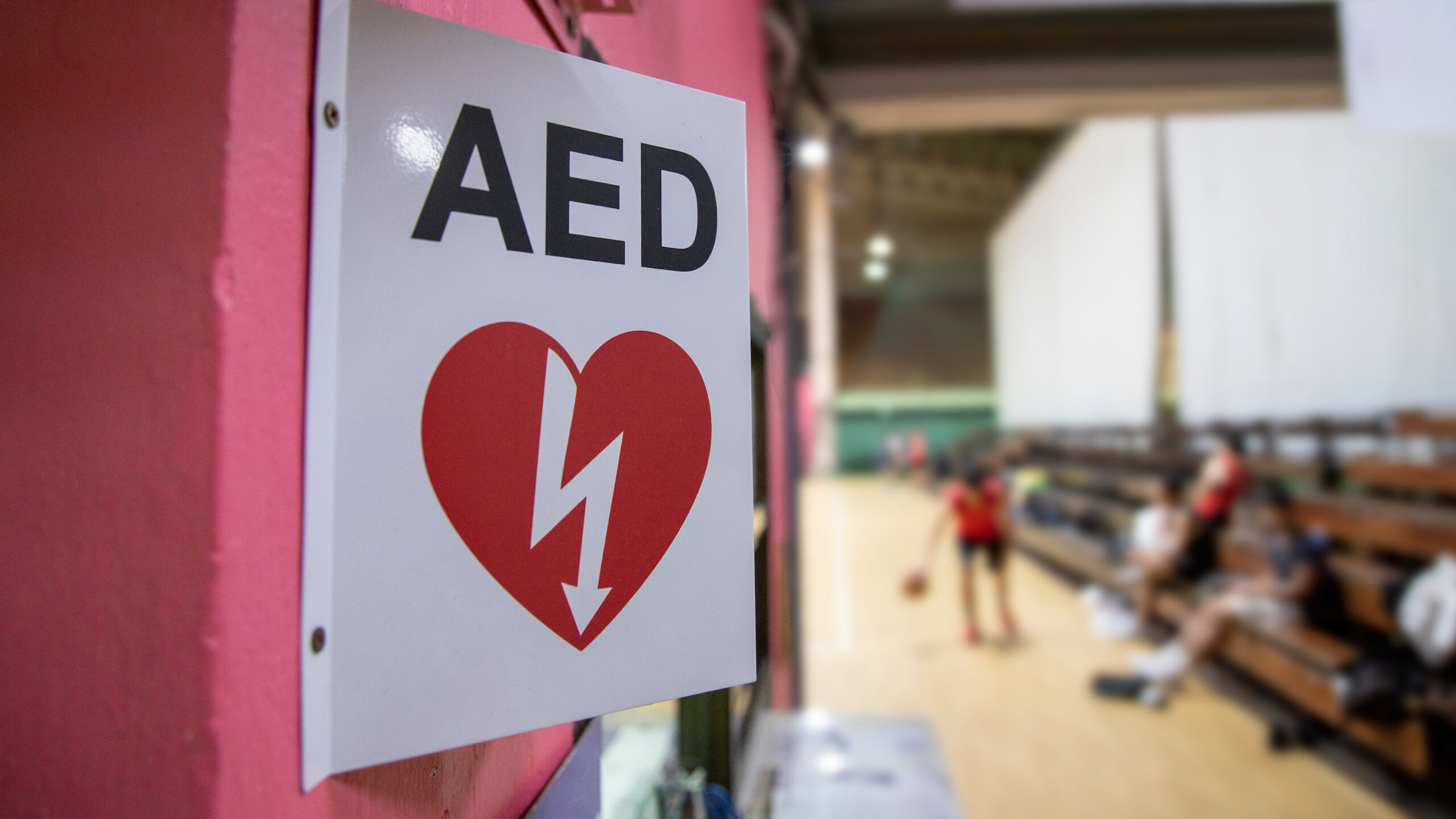Chest Pain
Introduction
If a person complains of chest pain, it does not necessarily mean that a heart attack is occurring. Many people that go to the emergency department due to chest pain are having other issues such as:
- Muscle spasms
- Heartburn
- Anxiety
However, because of the potential seriousness of the concern, the first aid responder should never be complacent when someone complains of chest pain.
A heart attack is also known as acute coronary syndrome. It is a heart condition where one or more coronary arteries that supply oxygenated blood to the heart tissues are prevented from doing so due to a blockage. This causes ischemia to the heart muscle, where the lack of oxygen and nutrient supply to the tissue causes injury and elicits a painful response.
Related Whiteboard: What is Acute Coronary Syndrome
Signs and Symptoms of a Heart Attack
A person that is having new and severe chest pain may need medical attention immediately. Chest pain secondary to a heart attack typically happens with the following signs and symptoms:
- Shortness of breath that lasts more than a few minutes and worsens with walking, climbing stairs, or other physical activity and improves with rest
- The chest pain usually scares or worries the patient
- Pain and pressure or discomfort often at the center of the chest
- Pain, tingling, or discomfort in the arms, back, neck, jaw, or abdomen
- Nausea, vomiting, burping, or heartburn symptoms
- Cold and clammy skin and the feeling of cold sweats
- Feeling dizzy, light-headed, and even fainting
- Feeling of great fatigue and exhaustion
- Fast and irregular heart rate
There is a tendency for people to delay seeking help when they are experiencing chest pain because they underestimate the gravity of the situation, hoping that it will just go away. In this instance, the risk of more permanent heart damage or even death increases.
Other people may not even feel chest pain but have a silent heart attack. This type of heart attack is more common in diabetics and women aged 60 and above.
Emergency First Aid for a Suspected Heart Attack
When suspecting that a person is having a heart attack, responders should not attempt to drive them to the emergency department. Instead, they should activate the emergency response system or call 9-1-1.
Instructions for responders are the following:
- Have the patient sit down and rest in a position where they are most comfortable. If a chair is not available, have them sit on the floor while providing support.
- Have them chew an aspirin tablet, but note this is contraindicated if there is any history of gastrointestinal bleeding.
- Perform the primary assessment and continue monitoring the patient until the EMS team arrives.
- Try to calm the patient because agitation and anxiety increase the heart’s metabolic demand, exacerbating the injury to the heart muscle.
- If the patient suddenly becomes unconscious, they may be in cardiac arrest. Perform the BLS Assessment and have an AED ready. Be prepared to perform high-quality CPR.

AED Device